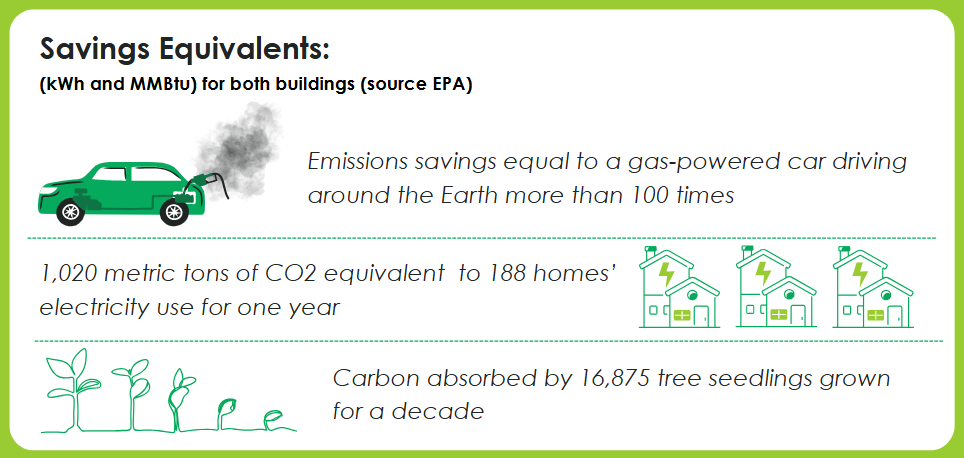Campus Retro-Commissioning Study
Purdue UniversityUniversity Campus RCx Study
Michaels Energy partnered with Purdue University to assess energy performance at Lyles-Porter Hall and Nelson Hall of Food Science through Retro-Commissioning (RCx). Our team identified a mix of low/no-cost operational improvements and capital upgrades that, if implemented, could significantly reduce energy use while improving building comfort and system performance.
Building Overviews
Lyles-Porter Hall
Departments located in the building include the Department of Speech, Health and Kinesiology, Language and Hearing Sciences, Nutrition Science, Psychological Science, and the School of Nursing. This 129,000-square-foot building contains numerous space types that support a diverse range of activities. These include the A.H. Ismail Center for Health, general classrooms, exercise and nutrition classrooms, Indiana University Medical School, M.D. Steer Audiology and Speech-Language Clinics, Nursing Center for Family Health, Nutritional Training and Research Center, and various offices.
Philip E. Nelson Hall of Food Science
This 60,000-square-foot facility contains research laboratories, teaching labs, classrooms, and offices supporting multiple departments. It also features specialized facilities like a pilot-scale manufacturing laboratory and a sensory evaluation laboratory.
Opportunities Identified
Lyles-Porter Hall Building
- Optimize HVAC performance by implementing zone scheduling and unoccupied temperature setpoints
- Enhance energy efficiency through energy recovery wheel optimization
- Improve heating system performance by resetting hot water temperatures and recommissioning the heat recovery chiller
Nelson Hall of Food Science Building
- Reduce energy during low-occupancy periods by implementing unoccupied temperature set points and enabling VAV standby mode
- Enhance building pressure control and optimize heat recovery systems for improved HVAC efficiency
- Upgrade to LED lighting and install automatic door closures to reduce energy waste and improve building envelope performance
Potential Impact
- Up to 1,020 metric tons CO₂ avoided
- Equivalent to the electricity use of 188 homes/year
- Equal to 16,875 tree seedlings grown for 10 years
- 189,000 sq. ft. of academic and research space impacted

